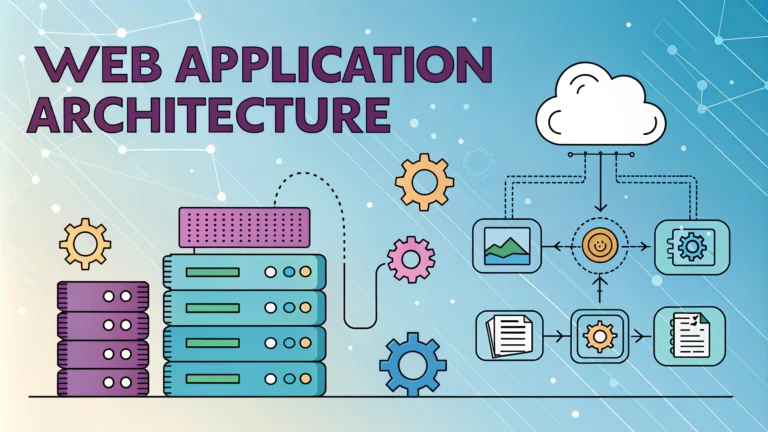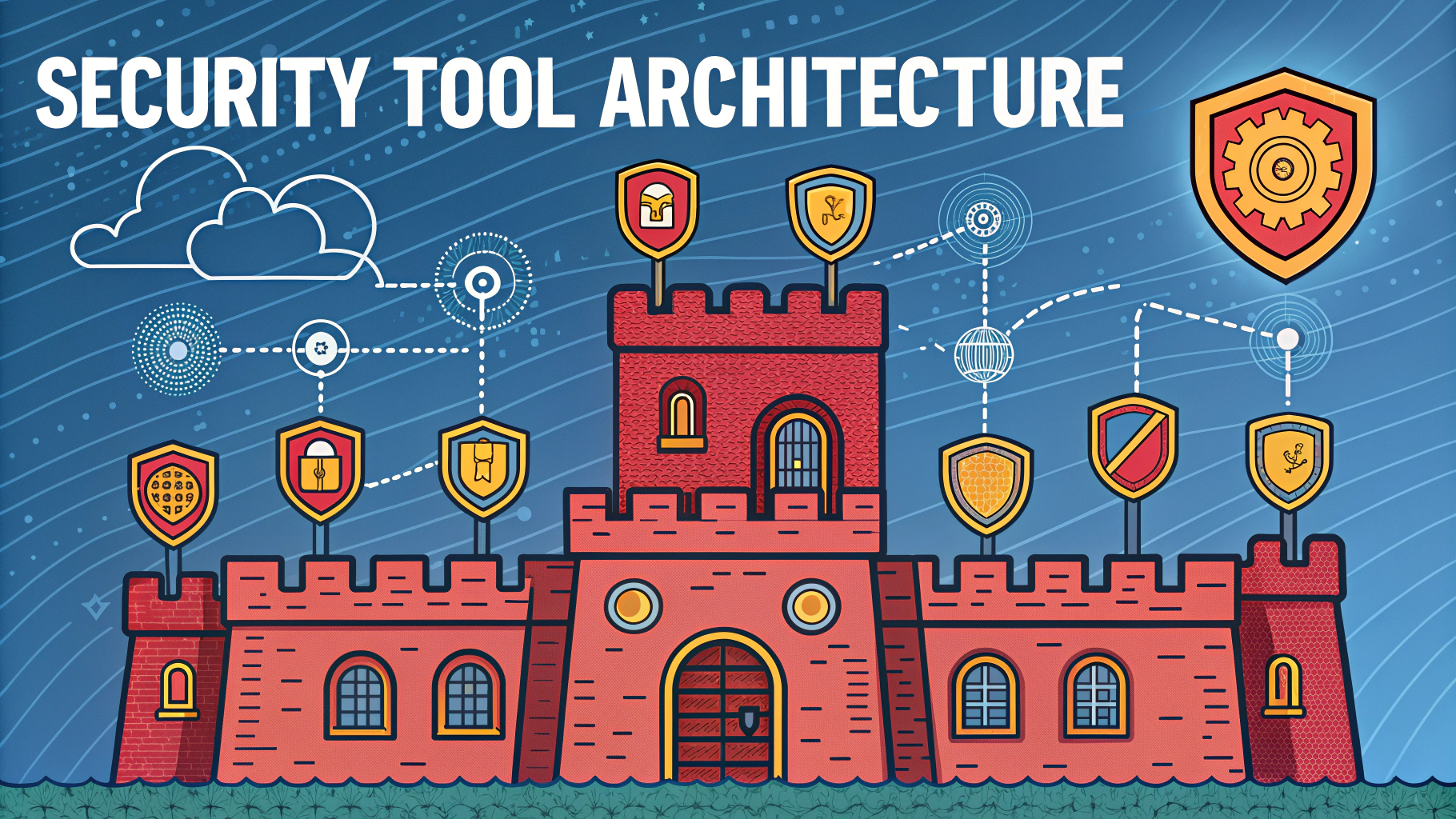Web application architecture represents the blueprint of how different components interact within web applications – a critical target during security assessments.
Understanding web application architecture helps penetration testers identify potential vulnerabilities across different layers and components.
Common Web Application Components
- Client-Side (Front-end):
- HTML, CSS, JavaScript
- Browser-based validations
- Local storage mechanisms
- Server-Side (Back-end):
- Application servers (PHP, Java, Python, etc.)
- Authentication mechanisms
- Business logic processing
- Data Layer:
- Databases (MySQL, PostgreSQL, MongoDB)
- File storage systems
- Caching mechanisms
Key Testing Areas
Each architectural layer presents unique security challenges that require specific testing approaches.
| Layer | Testing Focus | Common Vulnerabilities |
|---|---|---|
| Client-Side | Input validation, XSS testing, CSRF | DOM-based XSS, Client-side bypasses |
| Server-Side | Authentication, Authorization, API security | SQL injection, RCE, File inclusion |
| Data Layer | Database security, Data encryption | Data leakage, Improper access controls |
Testing Tips
- Map the application architecture before starting tests
- Document all entry points and data flows
- Test each component both independently and as part of the whole system
- Use tools like OWASP ZAP or Burp Suite for thorough testing
- Check for security headers and proper configurations
Common Architectural Vulnerabilities
- Insecure Dependencies: Outdated libraries and frameworks with known vulnerabilities
- Improper Session Management: Weak session handling mechanisms
- Broken Access Control: Insufficient authorization checks between layers
- Insecure Communications: Unencrypted data transmission between components
Recommended Tools
- Nessus – For vulnerability scanning
- Metasploit – For exploitation testing
- Wireshark – For network traffic analysis
- Kali Linux – Complete penetration testing platform
Regular architecture reviews and updates help maintain security as applications evolve and new threats emerge.
Additional Resources
Architecture-Specific Testing Methodologies
Microservices Architecture
- Test service-to-service communication
- Verify API gateway security
- Check container security configurations
- Assess service discovery mechanisms
Serverless Architecture
- Function permission validation
- Event trigger security testing
- Third-party integration assessment
- Cloud configuration review
Advanced Testing Considerations
| Architecture Type | Special Considerations | Testing Tools |
|---|---|---|
| Monolithic | Single point of failure analysis, Modular testing | JMeter, LoadRunner |
| Microservices | Service mesh security, Container scanning | Docker Security Scanner, Istio |
| Serverless | Cloud provider security, Function isolation | CloudSploit, ServerlessScanner |
Compliance and Standards
- GDPR requirements for architecture
- PCI DSS compliance considerations
- ISO 27001 security controls
- Industry-specific regulations
Conclusion
Effective web application security testing requires a comprehensive understanding of architectural components and their interactions. Regular assessment of all layers, combined with appropriate tools and methodologies, helps maintain robust security posture.
Key takeaways:
- Adopt a layered testing approach
- Stay updated with emerging architectural patterns
- Implement continuous security testing
- Maintain documentation of architecture changes
- Regular security training for development teams
FAQs
- What are the core components of a web application architecture that should be assessed during penetration testing?
The core components include the presentation layer (client-side), application layer (business logic), data layer (databases), authentication mechanisms, session management, and API endpoints. - What are the most common vulnerabilities found in web application architecture?
Common vulnerabilities include SQL injection, Cross-Site Scripting (XSS), Cross-Site Request Forgery (CSRF), broken authentication, insecure direct object references, and security misconfigurations. - How do you test for architectural vulnerabilities in microservices-based applications?
Testing involves examining inter-service communication, API gateways, service discovery mechanisms, containerization security, and checking for improper segmentation between services. - What tools are essential for web application architecture penetration testing?
Essential tools include Burp Suite, OWASP ZAP, Nmap, Metasploit, SQLmap, Nikto, and various browser developer tools. - How do you assess the security of load balancers in web architecture?
Assessment includes checking for SSL/TLS configurations, load balancer rules, health check endpoints, security headers, and potential bypass techniques. - What are the key areas to test in cloud-based web application architectures?
Key areas include cloud service configurations, IAM policies, storage bucket permissions, serverless function security, and cloud-native service integrations. - How do you test web caching mechanisms for security vulnerabilities?
Testing involves checking for cache poisoning, timing attacks, improper cache headers, and sensitive data exposure through cached content. - What methods are used to test API gateway security in web architectures?
Methods include testing rate limiting, authentication mechanisms, request validation, input sanitization, and checking for unauthorized endpoint access. - How do you assess containerized web application architectures?
Assessment includes examining container configurations, orchestration security, image vulnerabilities, network policies, and runtime security controls. - What are the critical security checks for web application databases?
Critical checks include connection security, access controls, encryption at rest, backup security, and testing for injection vulnerabilities.







